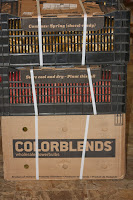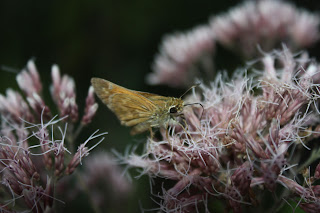Growing Gardeners - garden clubs and master gardener programs

Northeast OK area residents who want to find out how to sow seeds, grow plants and treat garden problems can turn to Muskogee Garden Club and the Oklahoma State University Master Gardening classes for help. Members of the 2013 Muskogee County Master Gardener program spoke at the October Garden Club meeting about their classes, projects and plans. Community gardens are at the top of their list for helping neighborhood families have access to healthy food as well as engaging the next generation of gardeners. Cindi Baker said she shares a community garden plot with her father whose family raised vegetables on land near the fairgrounds. Gardening is good therapy “Community gardens are a way to have a shared activity with multiple generations in every age range,” Baker said. “Muskogee is a state-leader in promoting community gardens.” Cedric Johnson grew up helping his family grow cotton on their Creek Nation allotments and now grows vegetables at his property near Ruby P







.JPG)



.JPG)